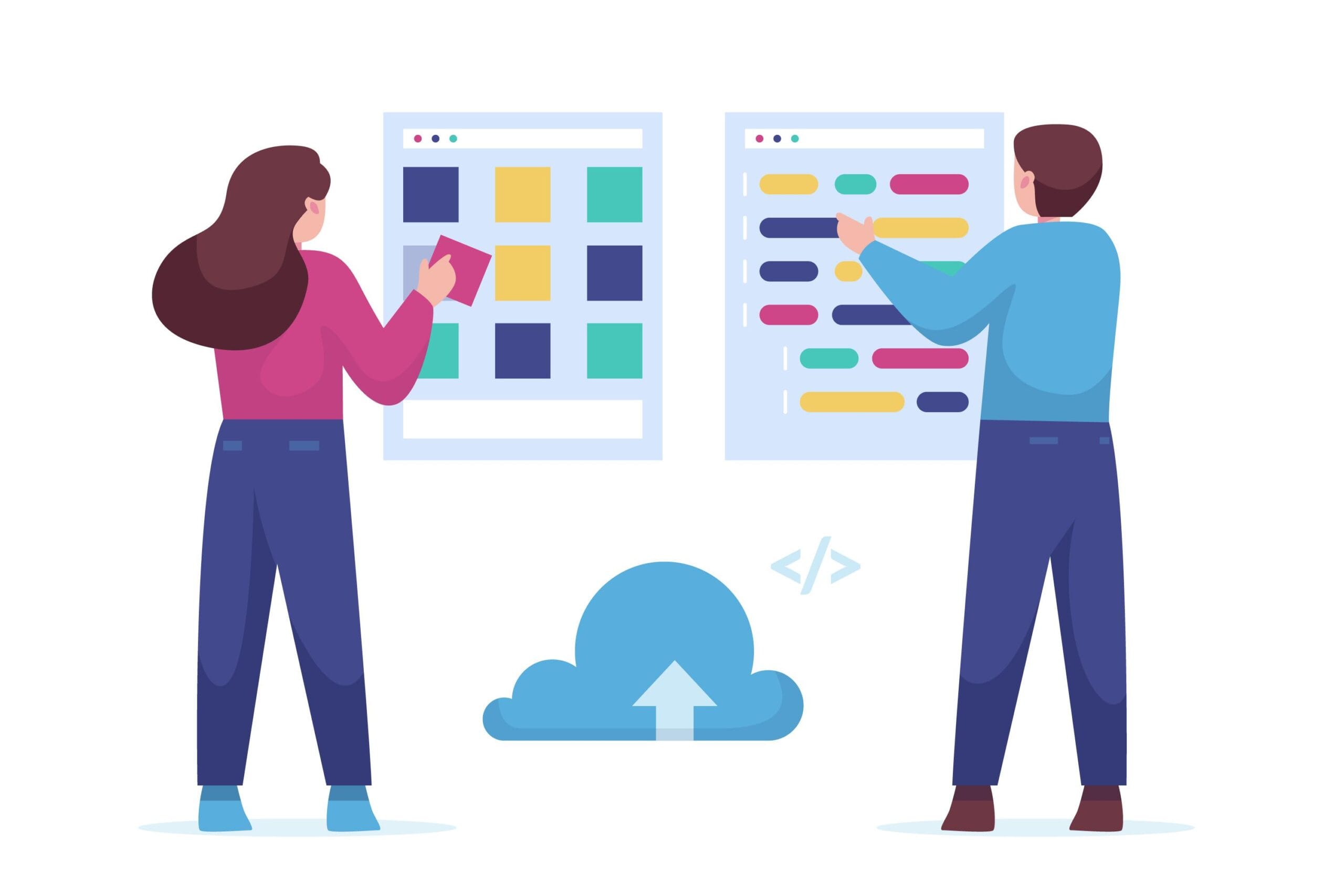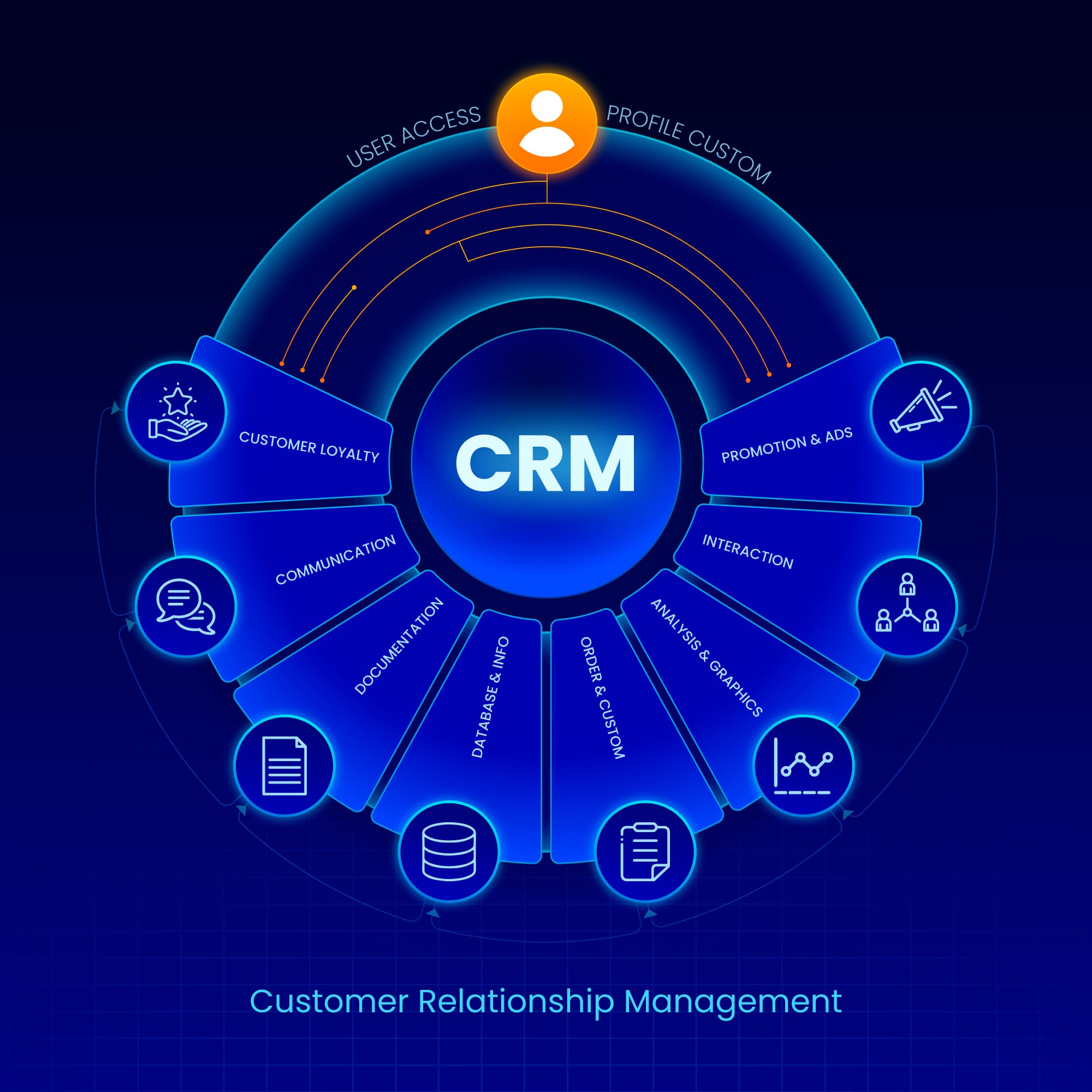- Have any question ?
- +91 63787 25181
- info@datumdecipher.com
No-Code vs. Custom Development: Which One is Right for You?


In the fast-evolving digital landscape, businesses and entrepreneurs face a crucial decision when building software solutions: Should they opt for a no-code platform or invest in custom development? Both approaches have their merits and drawbacks, making it essential to evaluate their suitability based on project requirements, budget, and long-term goals.
No-Code Development: Simplicity and Speed
No-code platforms empower users to build applications using drag-and-drop interfaces, pre-built templates, and automation tools—without writing a single line of code. These platforms, such as Bubble, OutSystems, and Webflow, cater to individuals and businesses that seek rapid deployment with minimal technical expertise.
Advantages:
- Faster Time-to-Market: No-code solutions significantly reduce development time, allowing businesses to launch products swiftly.
- Cost-Effective: Eliminates the need for hiring a development team, making it an affordable option for startups and small businesses.
- Ease of Use: User-friendly interfaces enable non-technical users to create and modify applications effortlessly.
- Flexibility for Iteration: Allows quick modifications and updates without heavy rework.
Challenges:
- Limited Customization: No-code platforms may not provide the flexibility required for complex or highly unique applications.
- Scalability Concerns: As business needs grow, no-code solutions may struggle to handle increased demands.
- Vendor Dependency: Businesses relying on proprietary platforms may face risks related to pricing changes, platform limitations, or shutdowns.
Custom Development: Tailored Precision and Scalability
Custom development involves building applications from the ground up using programming languages, frameworks, and databases tailored to specific needs. This approach is ideal for businesses requiring high performance, scalability, and security.
Advantages:
- Complete Customization: Developers can create bespoke solutions tailored precisely to business requirements.
- Scalability and Performance: Custom-built applications can handle high traffic and complex functionalities with greater efficiency.
- Enhanced Security: Businesses have full control over data security, compliance, and privacy.
- Integration Capabilities: Seamlessly integrates with existing systems, ensuring smooth workflows.
Challenges:
- Higher Costs: Development and maintenance require significant investment in skilled developers and infrastructure.
- Longer Development Time: Unlike no-code solutions, custom applications take months to develop and deploy.
- Ongoing Maintenance: Requires continuous updates, bug fixes, and technical support.
Which One Should You Choose?
The decision between no-code and custom development boils down to project scope, budget, and long-term vision:
- Choose No-Code if you need a quick, cost-effective solution with basic functionalities, especially for MVPs, small businesses, or internal tools.
- Opt for Custom Development if you require a scalable, high-performance application tailored to specific business needs, ensuring long-term growth and security.
Conclusion
No-code and custom development serve different purposes, each excelling in its own domain. While no-code offers rapid deployment and cost efficiency, custom development provides unparalleled flexibility and scalability. Businesses must carefully assess their goals and constraints to determine the best approach, ensuring their software solution aligns with their strategic vision.



